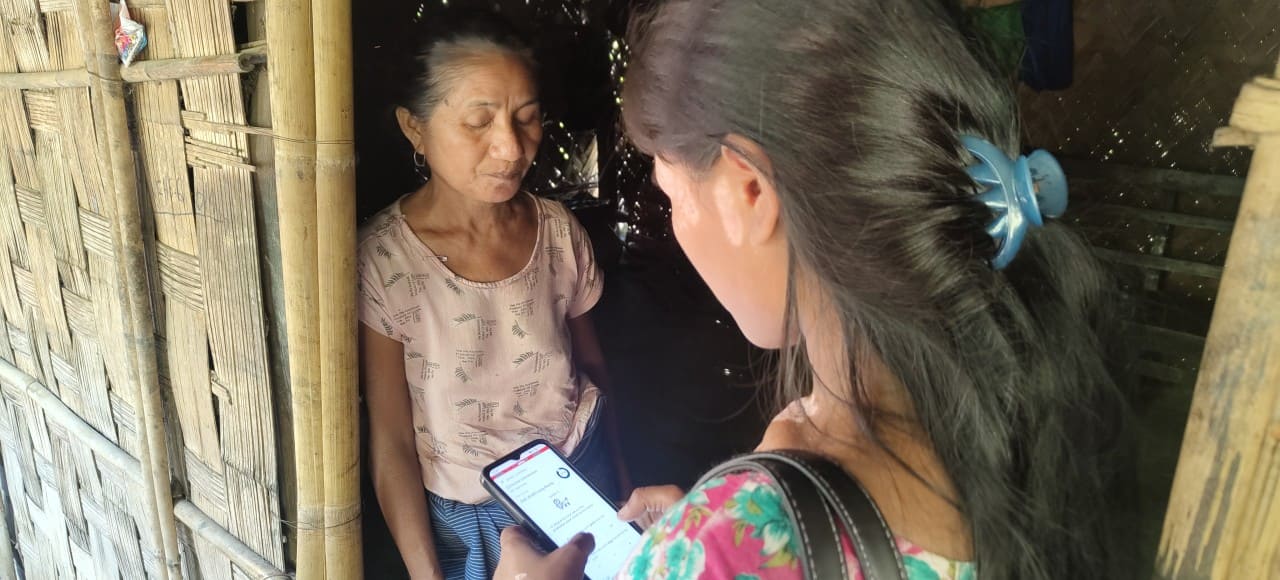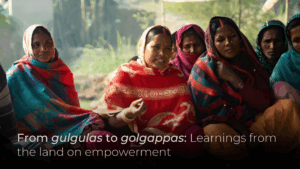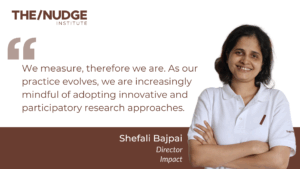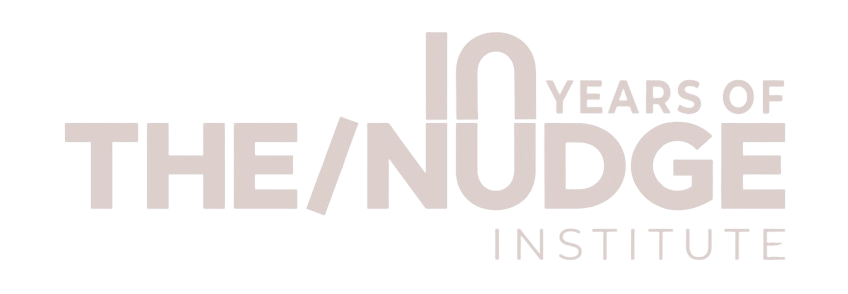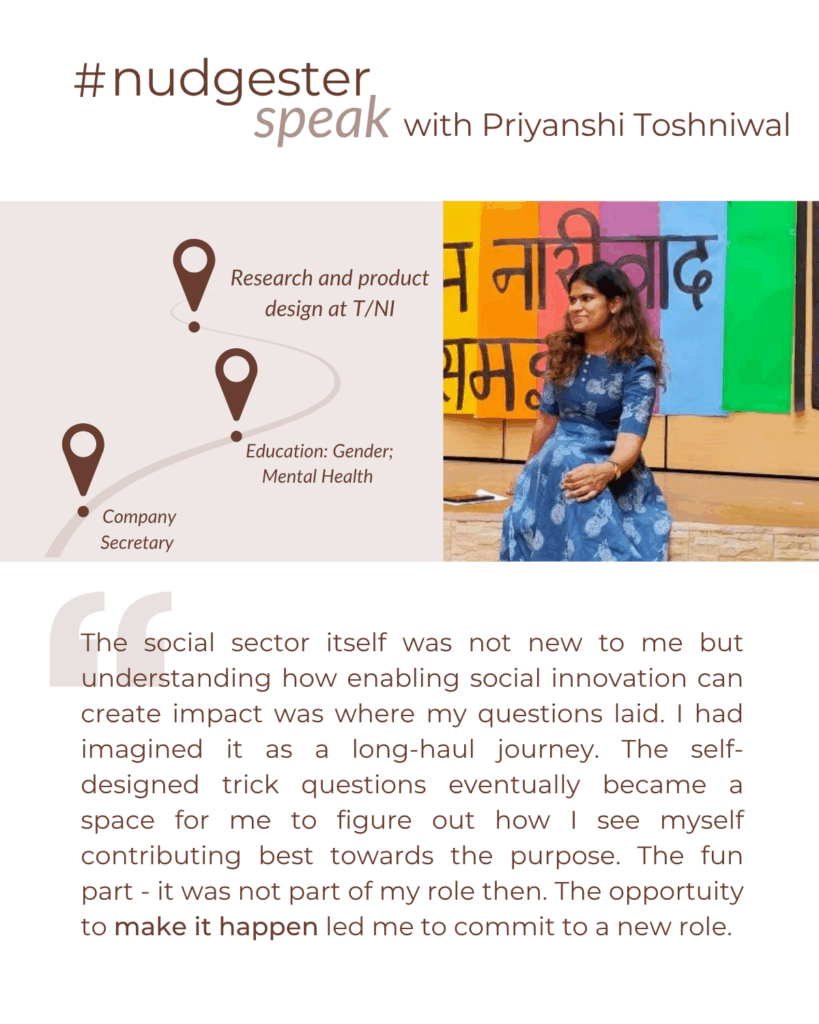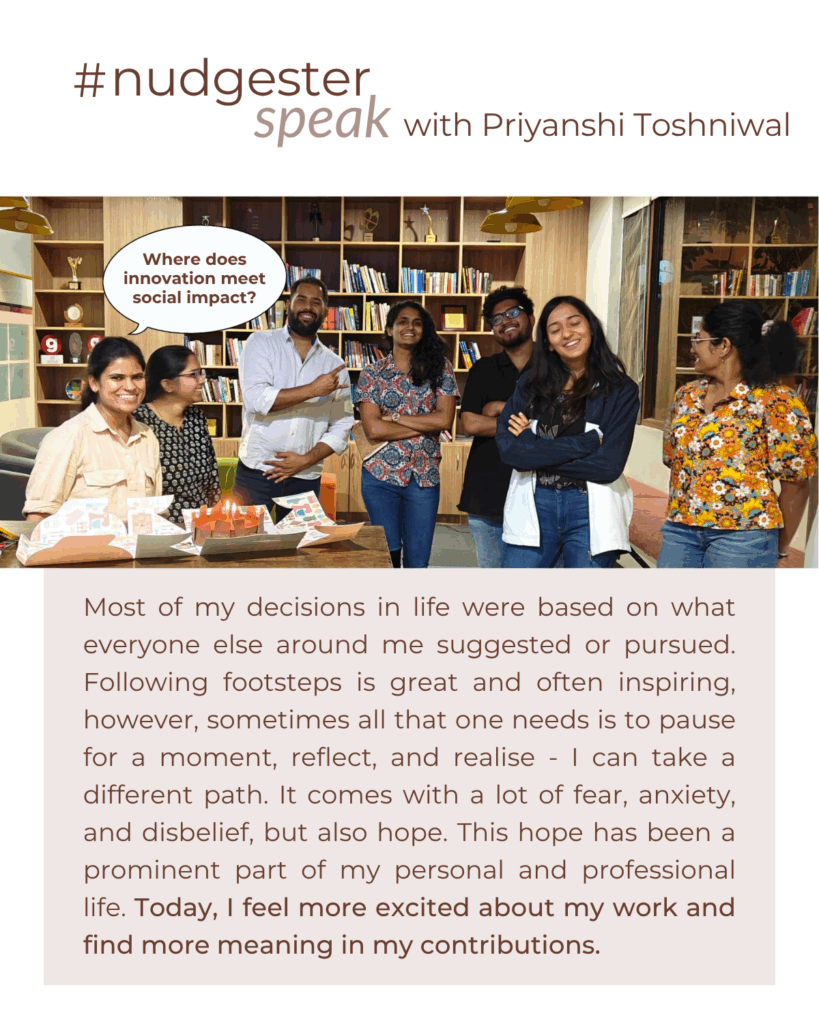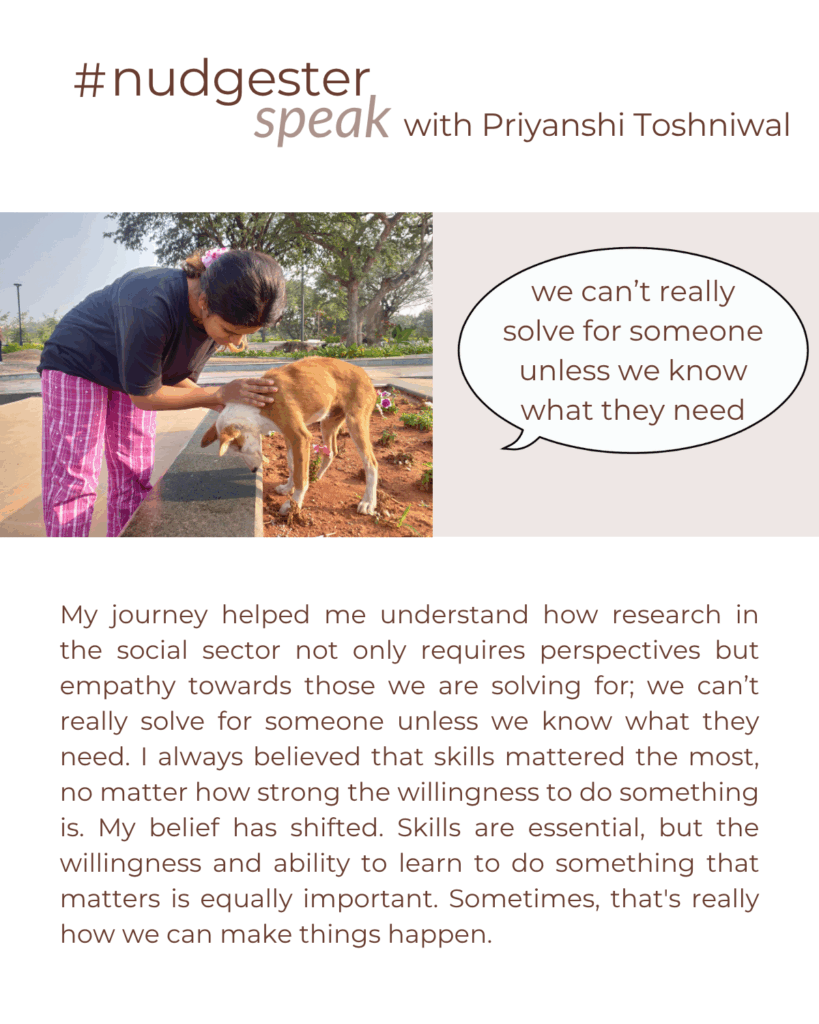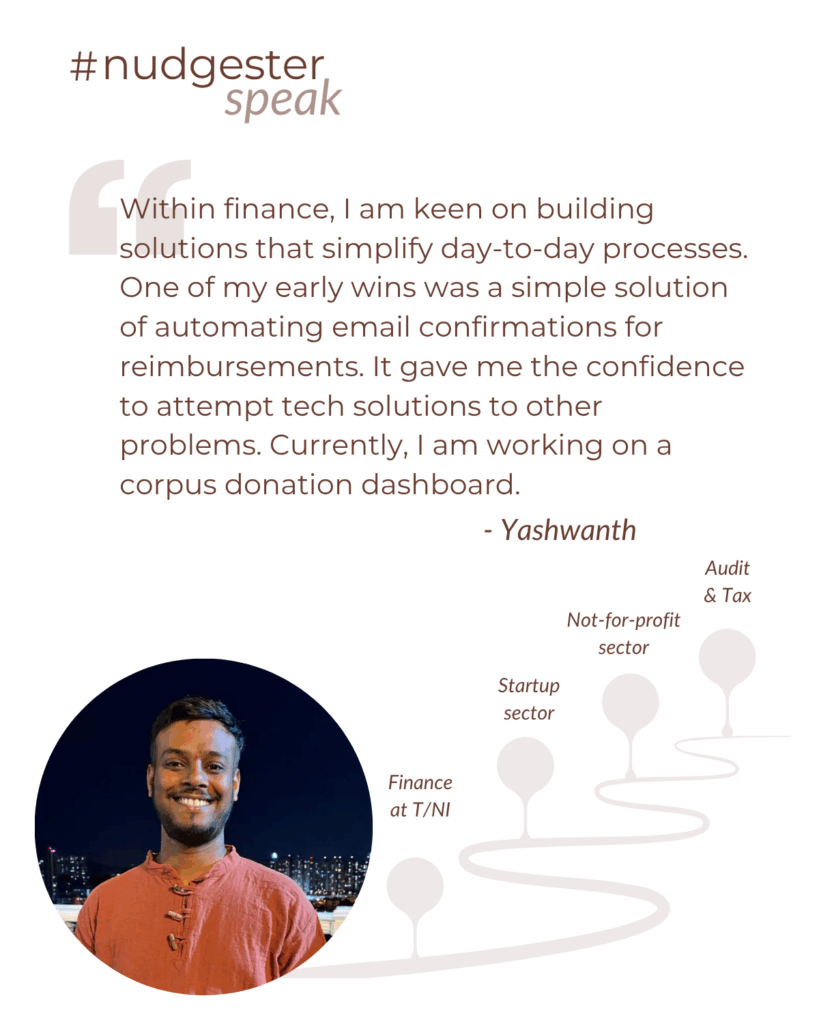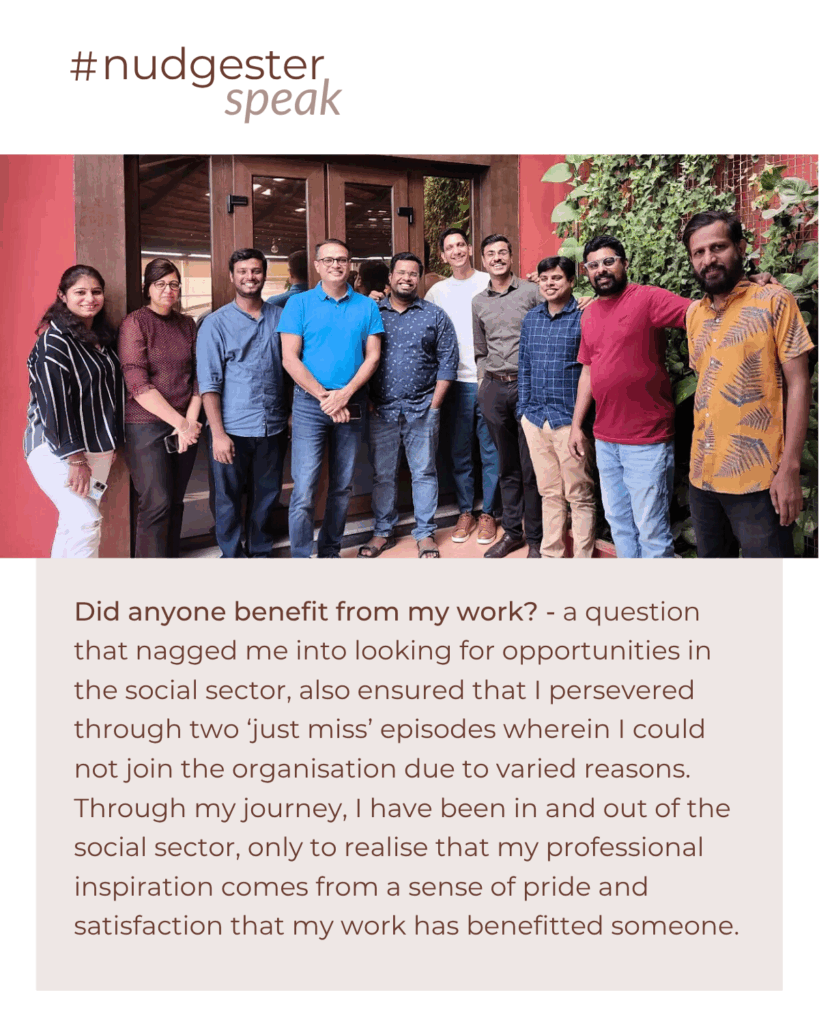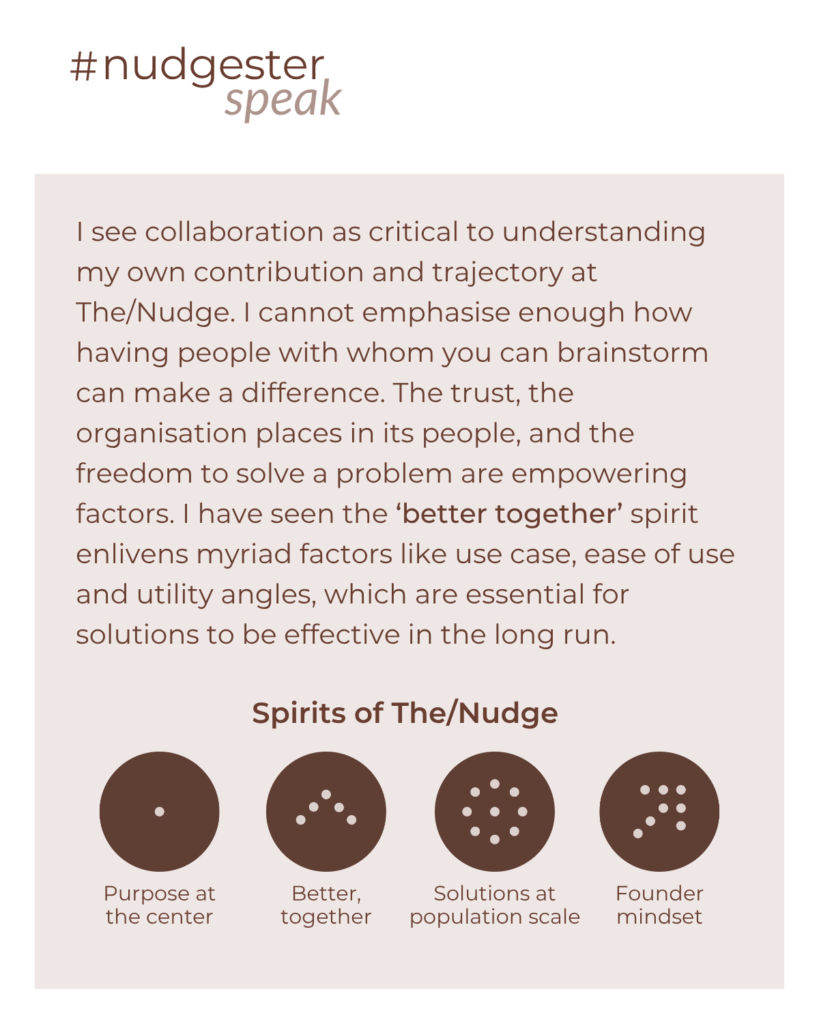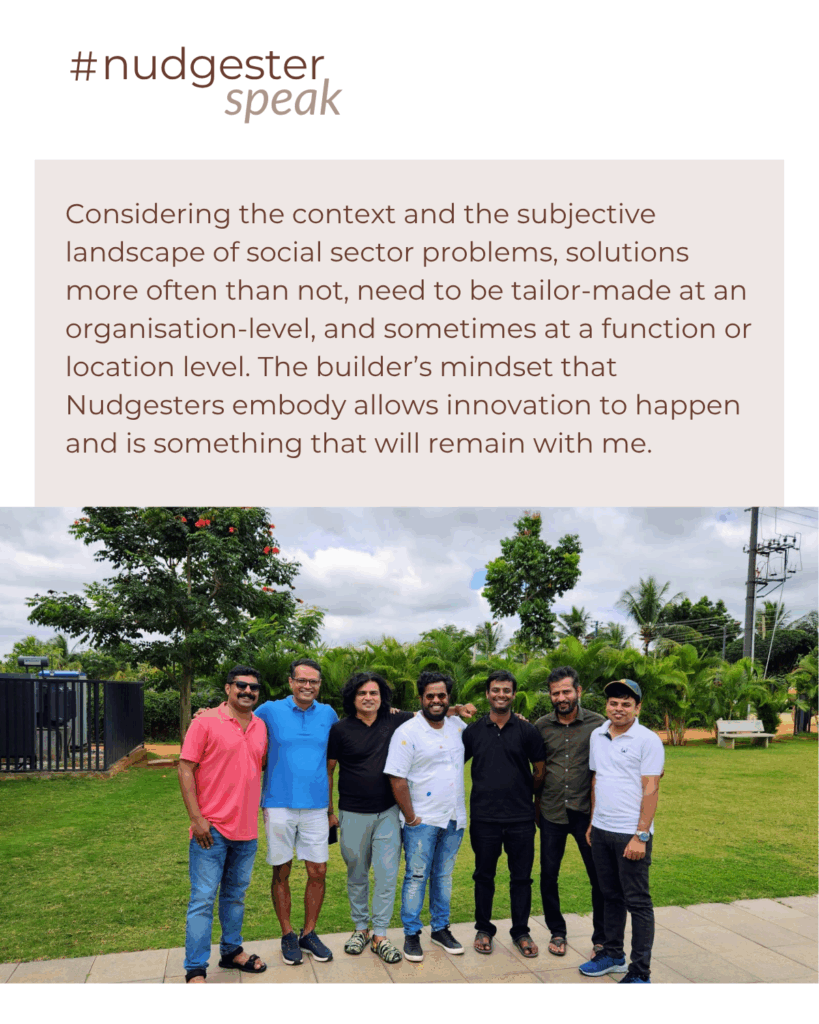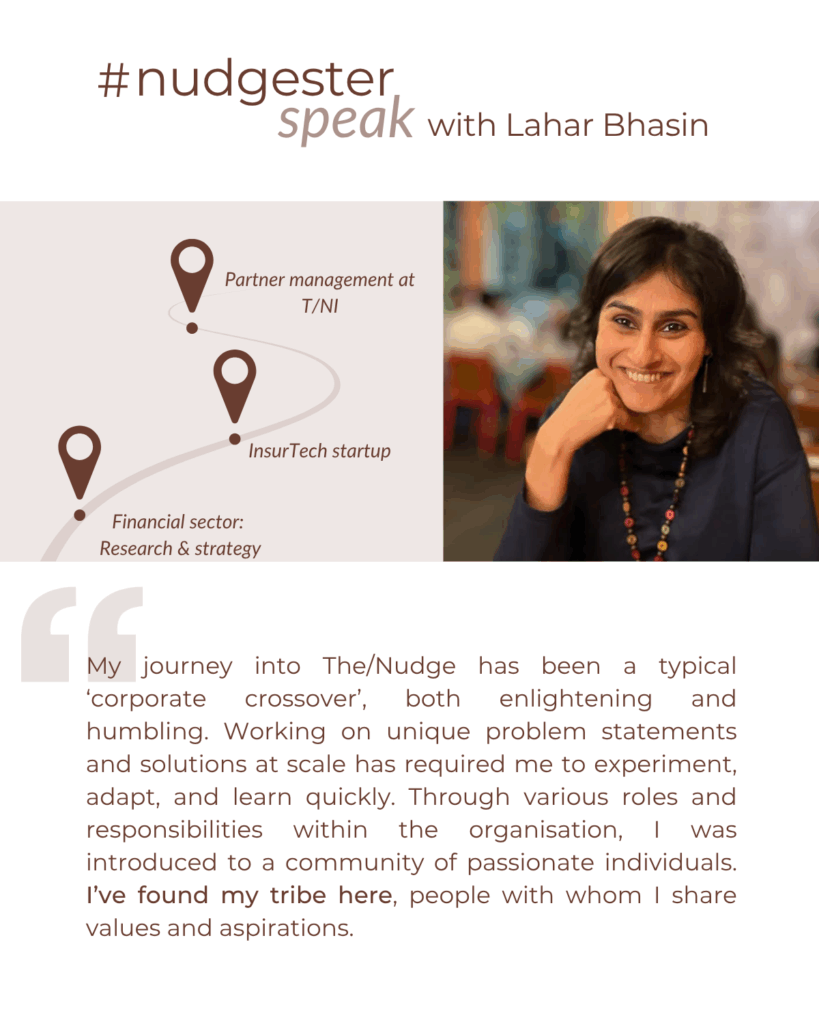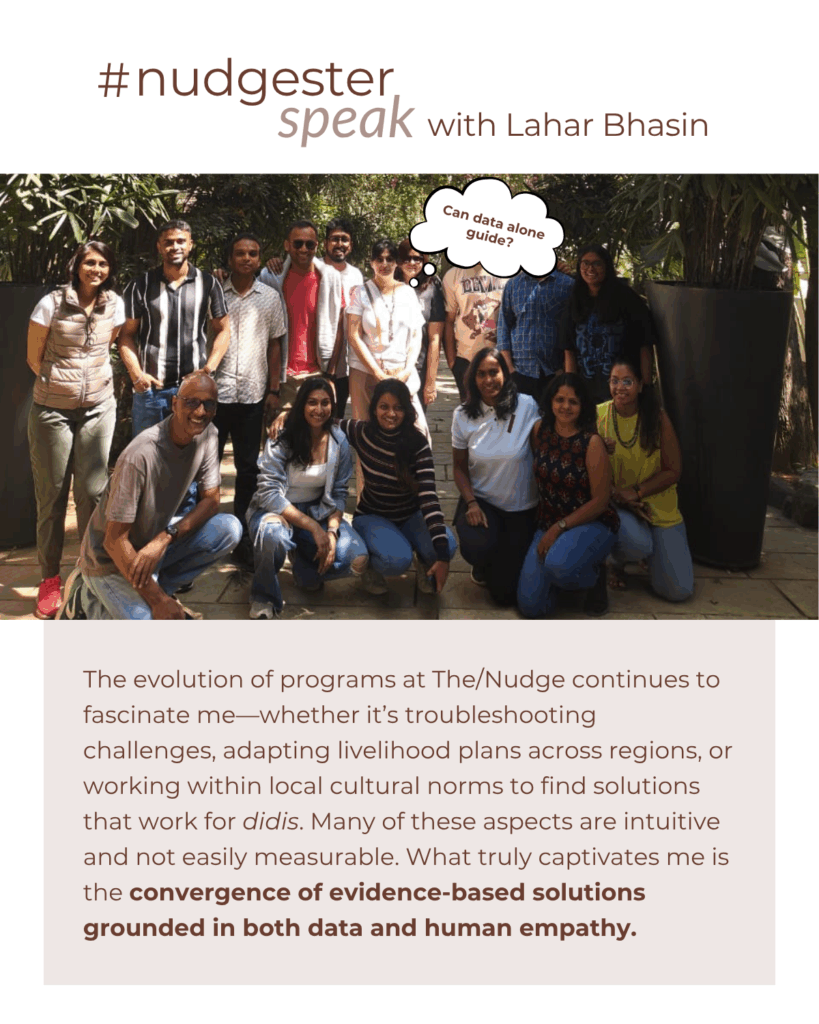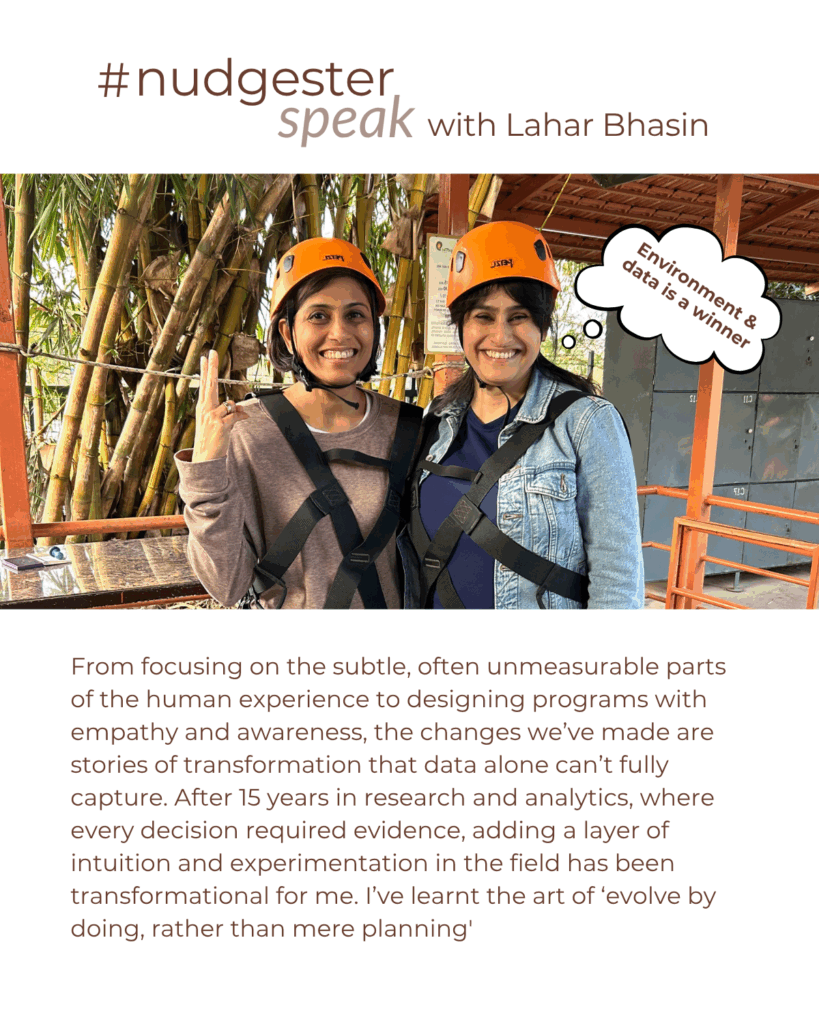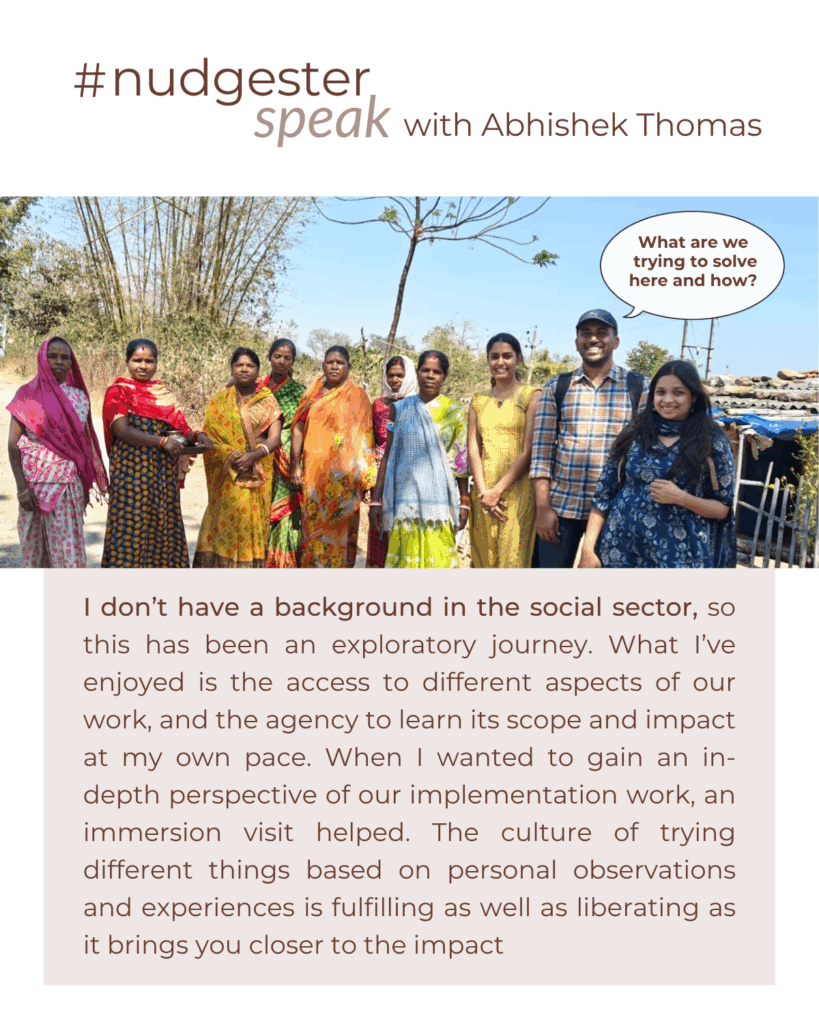The digital wave is at our doorstep. Over 78% of India is connected through cell phones, and a little over 50% is tuned into the internet. Whether you’re figuring out your daily commute, buying your weekly groceries, paying your landlord the rent or tuning into your daily dose of entertainment, there is an app for everything. But how often do we hear about a mobile app enabling field workers to handhold the most vulnerable out of poverty and into a sustainable livelihood?
At The/Nudge, we set out to do just that – to build an app for the last-mile field worker. An app for use in the remotest corners of the country where even electricity does not reach. In this blog, we take you through the journey of Sarathi.
‘Productising’ the Graduation Approach
Poverty is a complex and multifaceted problem with multiple stakeholders and no linear solutions. At The/Nudge, the Economic Inclusion Program (EIP) uses different approaches, such as the Graduation Approach, as a framework to ‘graduate’ women program participants from rural India out of extreme exclusion. With this kind of program approach, there’s a mission-driven focus while ensuring the involvement of all stakeholders and allowing for a high degree of customisation. However, at times, specificity, the requirement to train field workers with highly specialised skill sets and localisation becomes a hurdle for scale. For us, the problem statement was:
How do we scale the EIP program with low-skill community cadres and still guarantee the timely delivery of program outcomes to participants in remote rural areas?
Sarathi is aimed at tackling this problem. It must address the challenges of variability and contextualisation while providing a consistent and repeatable framework for implementation, something we call ‘Productising the Graduation Approach’.
We set out to resolve four key questions that guided us during the design and roll-out of Sarathi.
Who are ‘our Users’?
Picture a field worker working in remote Tripura. The terrain is hilly, the roads are non-motorable, and the villages are hard to reach. The worker belongs to the same community as the program participants and lives near the households identified for program delivery. While she understands the local context well, she has limited livelihood expertise and tech literacy. She is the Sarathi app’s user.
The cadre at the forefront are typically women with education up to 8th grade who share a mobile phone with their household. These phones are generally lower in specification and support applications that differ significantly from those used by urban counterparts. Additionally, their data plans feature slower internet speeds, and they often reside and work in areas with limited connectivity.
How do we design for this user?
Sarathi had to be intuitive and be able to provide value to users like the community cadre with varied tech literacy. Thus, simplicity became our mantra.
In EUP, the cadre meets the program participants every week for 150 weeks, executing multiple program activities – baseline, midline and endline surveys, grant disbursals, and livelihood activities, to name a few. All this can be quite overwhelming, making it challenging for the cadres to manage their tasks and track intermediate milestones.
Sarathi reduces their cognitive load by breaking the program into a series of missions with intermediate milestones. It becomes a task management system where data is collected in context and as a by-product rather than through long out-of-context surveys. It also provides contextual bite-sized content to reinforce in-person training.
One of the biggest challenges in scaling Sarathi is collecting and storing data reliably without loss, given low internet connectivity and low-spec phones in rural areas. Although data synchronisation is effectively solved in urban areas, it remains a challenging technical issue in rural environments. We are iteratively developing and refining a suitable solution to address this for the thousands of users who will eventually rely on the system.
How do we deploy Sarathi?
At the beginning of every phase of the program in a new geography, user training and field testing are crucial. It demands high touch from the operations team running the day-to-day on-ground activities. The users need multiple training sessions, constant support and guidance especially in the first few days.
We often come across novel problems, and regular support requirements increase due to the diversity of devices that the community cadres own. For instance, the phones have limited storage space and RAM, while the users have high multimedia usage. Often, the first thing we ask them to do is clear phone space so that they can use the app. For users who are not tech savvy, field teams travel to the user’s location and manually assist them to resolve issues.
How do we contextualise tech?
While a certain level of standardisation is needed to scale, we have to remember the complexity of poverty and India’s geography. Contextualisation is essential to our approach, which we accomplish through –
- Making Sarathi a configurable platform. All missions have been templatised. For instance, by using the survey engine, the same baseline survey can be configured with different questions for different states.
- Offering the app in local languages and dialects such as Assamese, Bodo, Kok Borok, Bangla, etc., to make it intuitive for the community cadre.
But we have only just begun. We have a long journey ahead – to build out Sarathi as a key lever in delivering the Economic Inclusion Programs frameworks like Graduation Approach (and adjacent) programs all across the country.
As a first step, Sarathi was launched by the Secretary, Ministry of Rural Development, Government of India, on 24th January 2024 as the National Tech Solution for reaching the last mile, critically vulnerable households. While the scale is important, the core focus of Sarathi will always be to maximise the value for the community cadre, who play the most important role in graduating Didis out of extreme exclusion.

